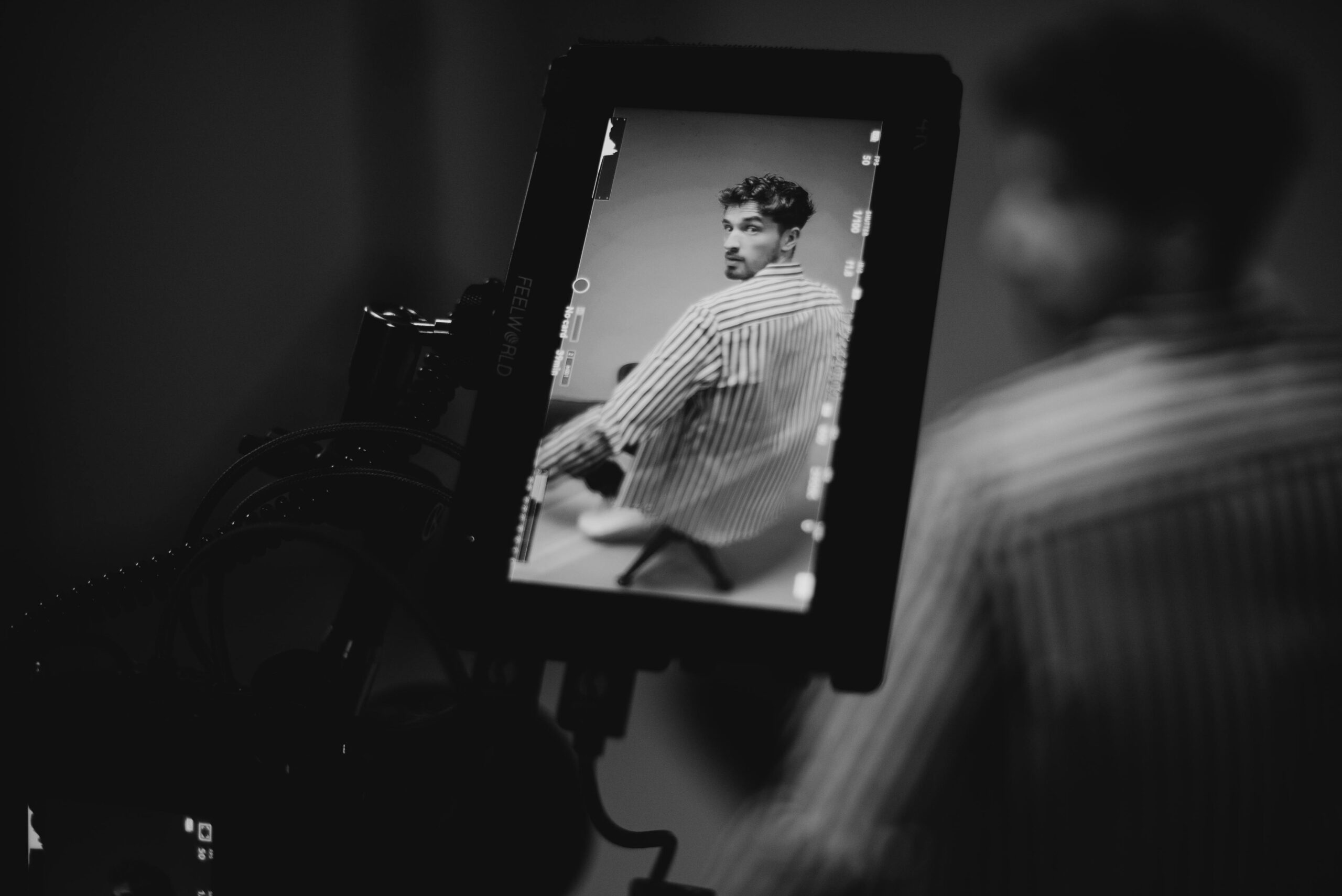
In a digital-first world, brands are always looking for ways to create lasting impressions. One tool that’s turning heads in marketing and sales is the video brochure. Sleek, interactive, and high-impact, a video brochure blends the tactile appeal of print with the power of video storytelling. But how does this eye-catching product come to life? Let’s go behind the scenes to see how a video brochure is made—from concept to delivery.
Step 1: Strategy and Concept Development
Everything starts with a conversation. When a client reaches out for a custom video brochure, the first step is understanding the campaign goals. Is it for a product launch? A B2B sales pitch? A VIP invitation? Knowing the purpose helps define the tone, message, and structure of the content.
At this stage, the creative team will discuss:
-
Target audience
-
Video length and message
-
Screen size preferences
-
Desired brochure format (e.g., hardcover, softcover, tri-fold)
This is also when brands choose between a video brochure mailer, a handout, or a retail leave-behind. The overall strategy guides every design and production decision that follows.
Step 2: Designing the Brochure
Once the concept is clear, graphic designers get to work. They create layouts that reflect the brand’s identity and visually support the video content. Typography, color palette, logo placement, and imagery are carefully chosen to match the overall campaign theme.
Key elements in designing a brochure with video include:
-
Ensuring there’s space for the screen and control buttons
-
Designing cut-outs for speakers and USB ports
-
Highlighting the call-to-action (CTA)
-
Accommodating the battery and circuitry without compromising the aesthetic
During this phase, mockups and digital proofs are shared with the client for approval.
Step 3: Producing the Video Content
A custom video brochure is only as strong as its video. The content can be an animated explainer, a heartfelt brand story, or a compelling product demo. Whether the client provides a finished video or requests full production services, the aim is to create content that engages immediately and encourages action.
Video production steps typically include:
-
Scriptwriting
-
Storyboarding
-
Filming or animation
-
Voice-over recording
-
Editing and post-production
Videos are usually kept under 2-3 minutes to maintain attention and optimize the battery life of the digital video brochure.
Step 4: Printing and Cutting
With the design approved and the video ready, it’s time for print. High-quality paper stock is used for a premium feel. The printing process includes:
-
Offset or digital printing, depending on quantity
-
Lamination (matte or gloss) for durability
-
Die-cutting to prepare slots for screens and electronics
This is where the tactile luxury of a custom video card takes shape—rich textures, vivid colors, and a design that invites interaction.
Step 5: Assembling the Electronics
This is the heart of any video in brochure product. A skilled production team handles the integration of electronic components:
-
LCD screen (sizes usually range from 2.4″ to 10″)
-
Built-in speakers
-
Rechargeable battery (typically 500-2000 mAh)
-
USB port for charging and video uploads
-
Control buttons (play/pause, volume, skip)
All components are tested to ensure functionality. The screen is carefully placed, and the circuit board is securely fastened. Wiring is hidden within the brochure layers to maintain a clean look.
Step 6: Programming and Uploading Video
Before final assembly, the selected video(s) are uploaded to the digital video brochure using USB. Some brochures allow multiple videos, menus, or autoplay features when opened. Tech teams configure the settings, run diagnostics, and confirm everything works perfectly.
Additional features like automatic wake-up, custom button functions, or even analytics tracking (on advanced models) are set up during this stage.
Step 7: Final Assembly and Quality Control
All parts come together during this stage. The printed outer shell is bonded with the internal electronics to create a finished product. Each unit goes through strict quality control to check:
-
Video playback quality
-
Battery charging and life
-
Button functionality
-
Print alignment and finishes
Only brochures that pass all tests move to the next stage.
Step 8: Packaging and Delivery
For clients opting for a video brochure mailer, packaging is just as important as the brochure itself. Custom boxes, foam inserts, and branded sleeves may be added to enhance the unboxing experience.
Brochures are then packed securely and shipped to the client’s desired location—whether that’s for a trade show, a targeted direct mail campaign, or a high-level corporate presentation.
Why Brands Choose Video Brochures
The value of a video brochure lies in its ability to stand out. In an era of digital overload, receiving a tactile brochure that plays a video on opening is unexpected—and unforgettable.
Marketers use custom video brochures and custom video cards to:
-
Capture attention quickly
-
Communicate complex ideas efficiently
-
Create premium touchpoints for luxury products
-
Increase engagement in B2B and high-ticket sales
-
Leave a lasting impression on potential clients or investors
Whether it’s a video brochure mailer sent to a CEO or a brochure with video used at a product launch, this format helps brands break through the noise.
Final Thoughts
Behind every video brochure is a carefully orchestrated process that combines creativity, engineering, and craftsmanship. From initial sketches to the moment the recipient presses play, every detail is handled with precision. It’s not just about delivering information—it’s about delivering an experience.
If you’re considering adding a digital video brochure to your next campaign, now you know the magic that happens behind the scenes.